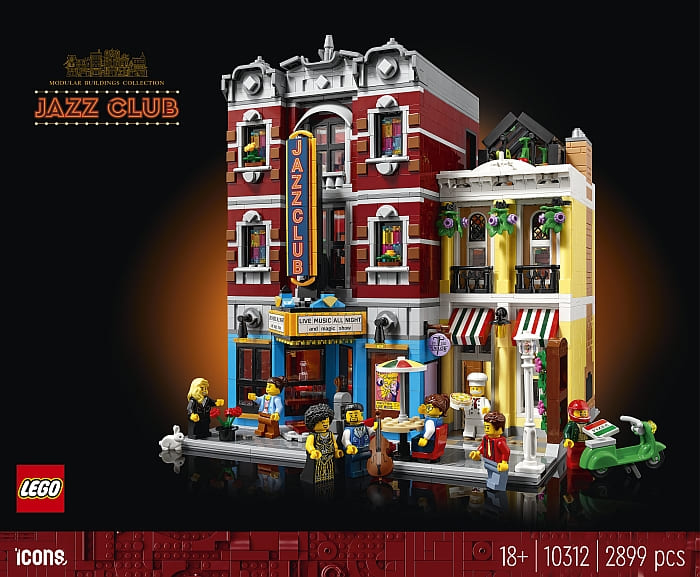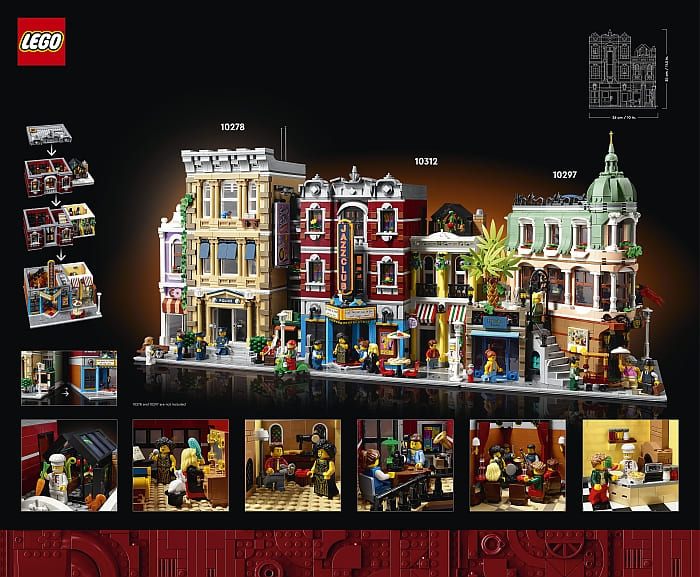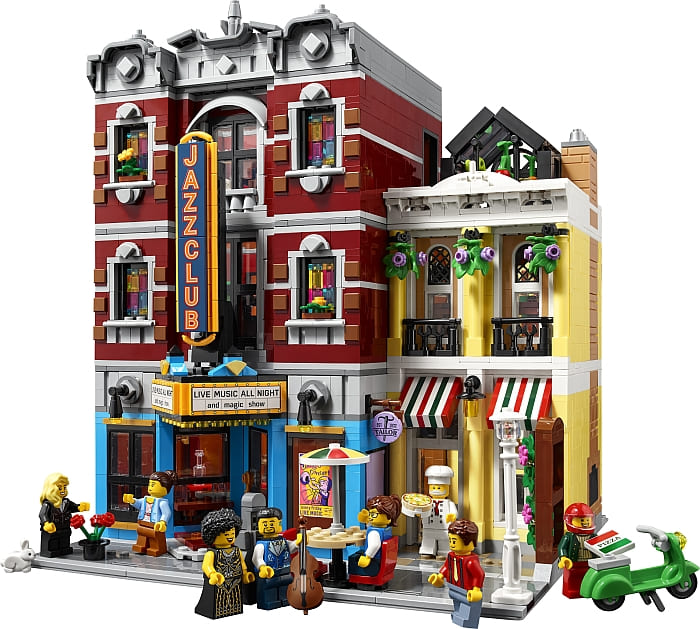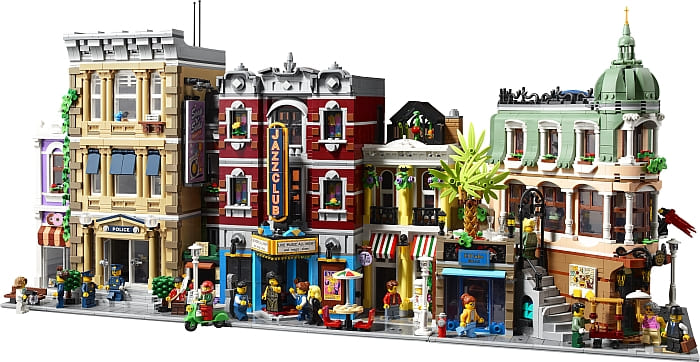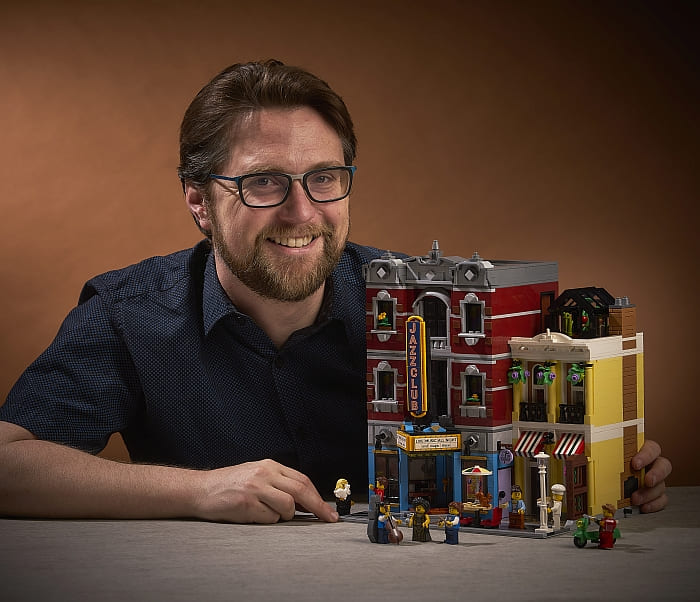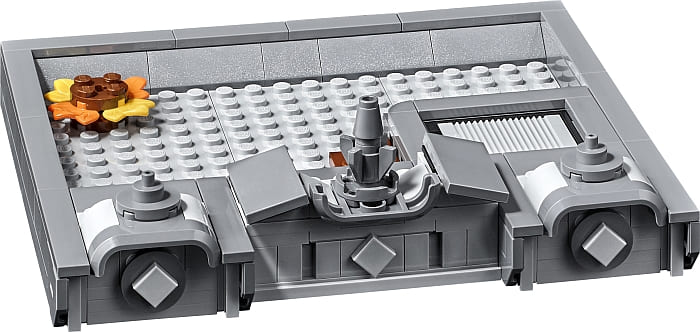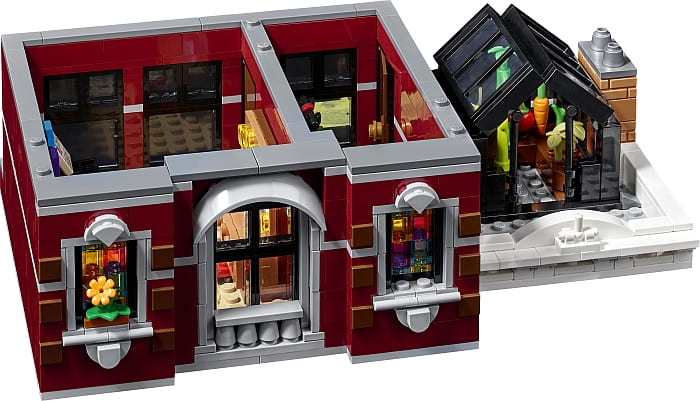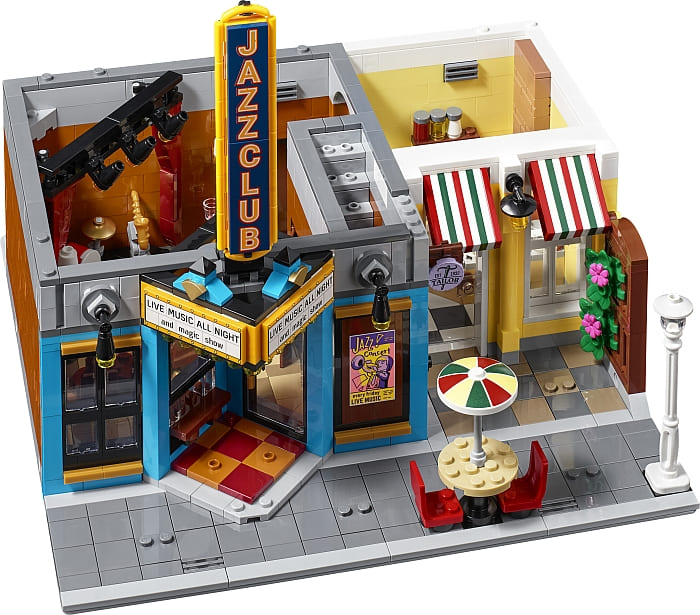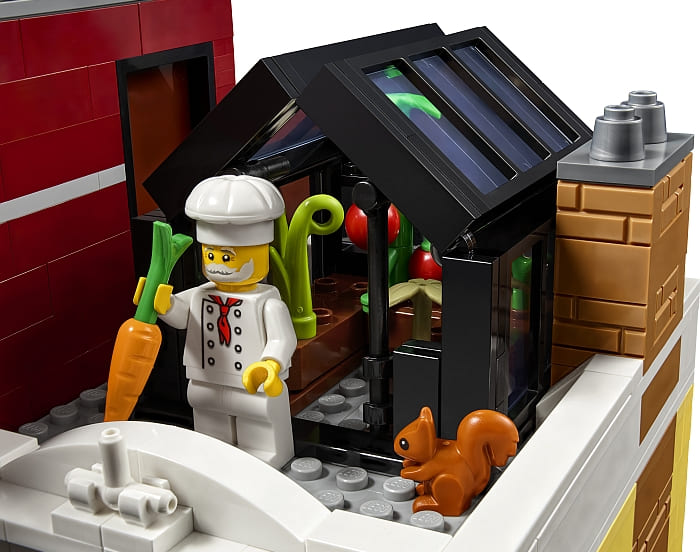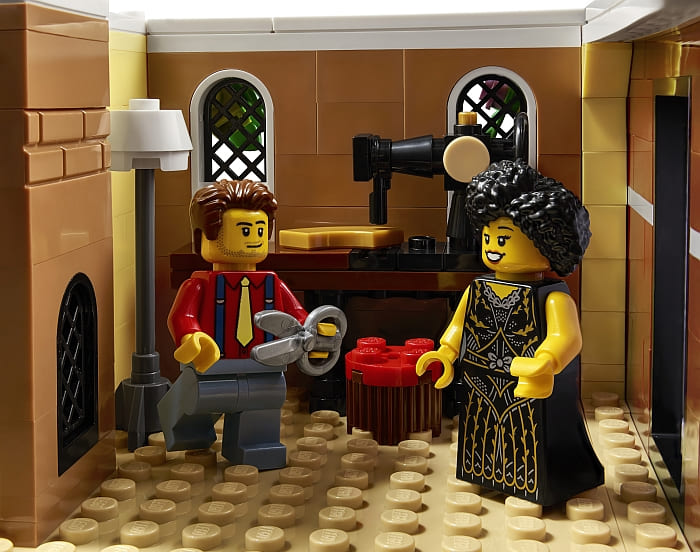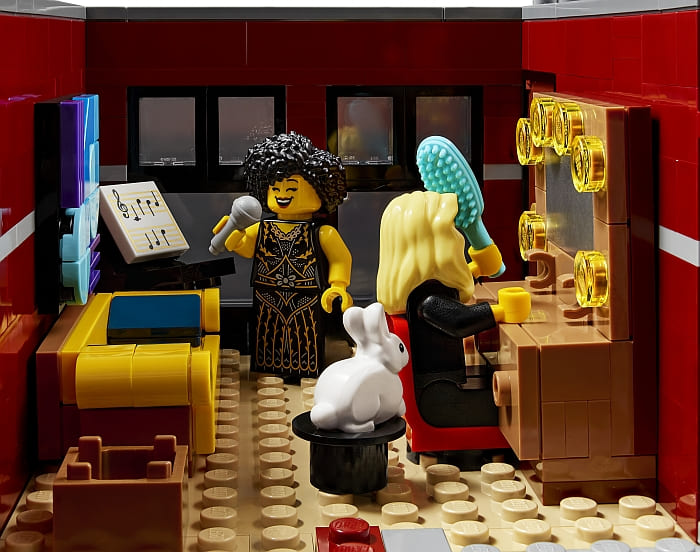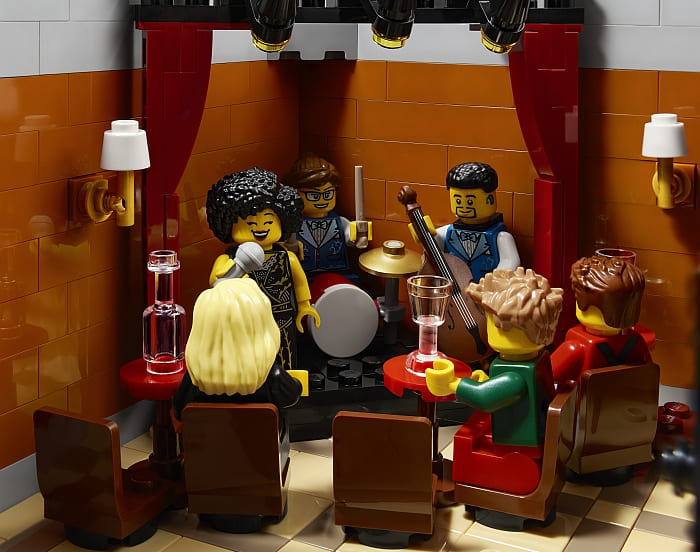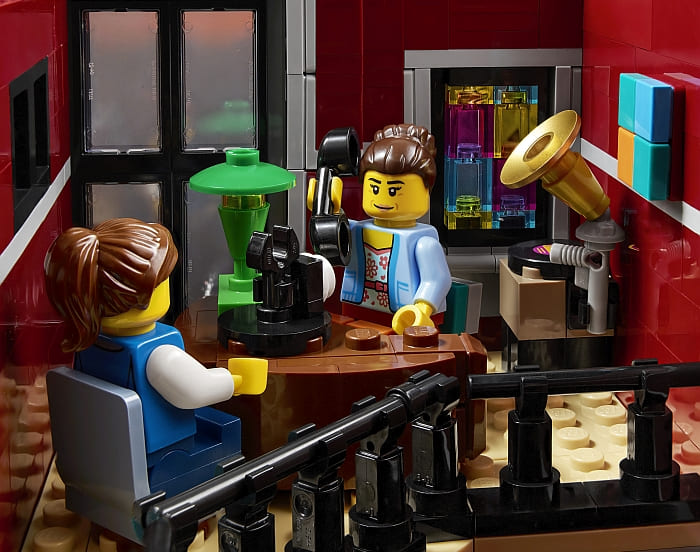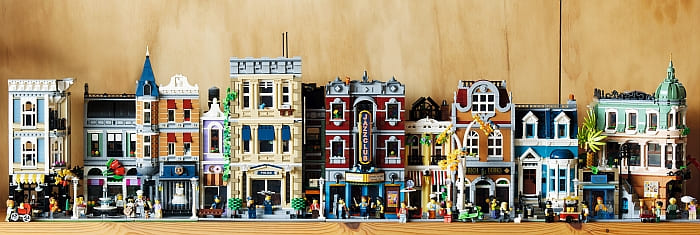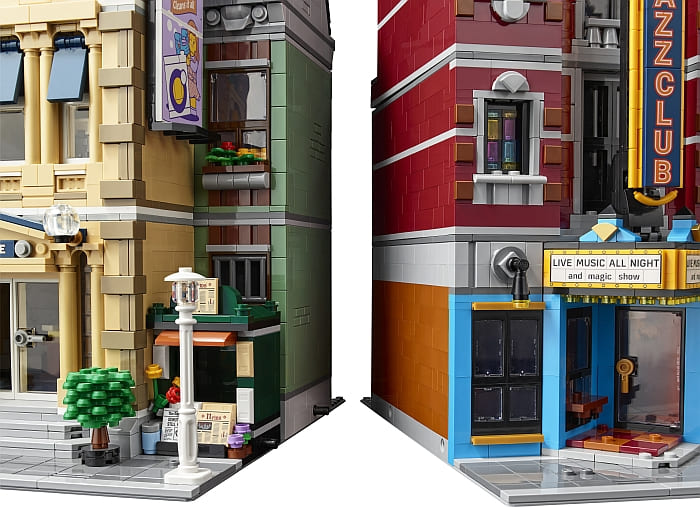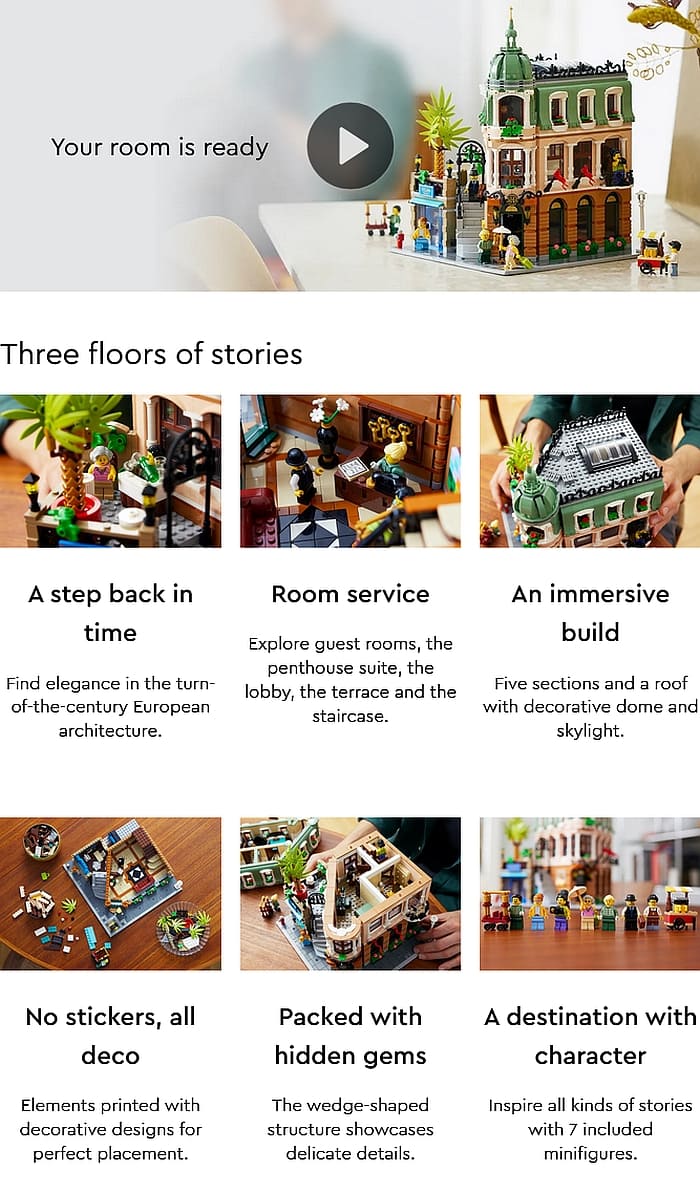I know many LEGO fans are busy building and decorating their LEGO Winter Village, customizing it with their own creations, and even sharing instructions for custom builds. I recently discovered a series of Christmas-themed custom models by Marin, a LEGO fan from France, who was also one of the finalists in the French version of LEGO Masters Season 2.

Marin shares building instructions for his custom creations at Rebrickable.com, and they are free to download. I like his models because they are cute, small, and festive, and I think most people could easily build them with minimal expense. Below, I will show you some of my favorites.



The Christmas tree hauling truck is a nicely designed minifig-scale vintage vehicle that fits perfectly with the vibe of the LEGO Winter Village, and it only needs 183 pieces. A similarly small vehicle is the fun Tuk-Tuk coffee, and there is also a candy cane-colored prop plane that could fly over the landscape, and a florist’s cargo bike. Small shops include a Christmas snack stand, Santa’s photo booth, a hot drinks stand, and a Christmas tree seller’s booth. Some other fun builds are the Christmas igloo, the ice rink, an elaborate letter box to send letters to Santa, and more.



Each of the builds includes a parts-list and step-by-step instructions, which you can download for free. Gathering all the pieces for small builds like this is part of the fun. Remember that you can swap colors and pieces if you don’t have something at hand.
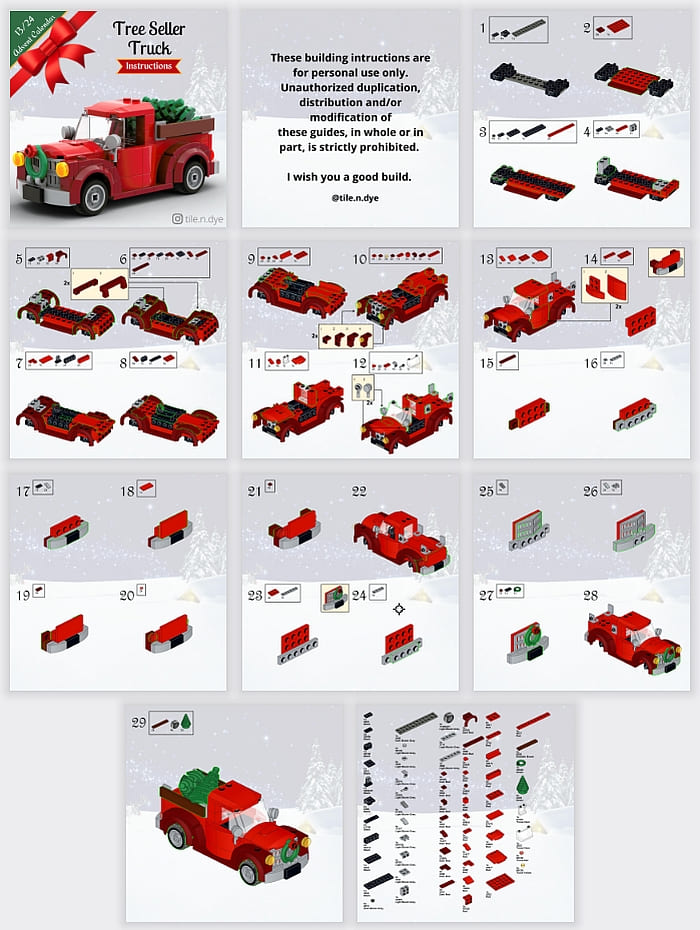
I hope you find some of these small projects inspirational, and maybe even add them to your own LEGO Winter Village display. Building these projects can also be a fun family activity during the holidays. To see all the projects created by Marin with downloadable instructions, visit his page at Rebrickable.com.

What do you think? How do you like these Christmas-themed LEGO creations? Are you planning to add any of them to your own display? Feel free to share your own favorite builds and custom projects in the comment section below!
And you might also like to check out the following related posts:
- More LEGO Winter Village Dioramas & Display Ideas
- LEGO Winter Village Holiday Main Street Press-Release
- LEGO Winter Village Dioramas & Display Ideas
- Light-Kits for Your LEGO Winter Village & More!
- Minifig-Scale LEGO Vintage Pickup Truck
- LEGO Harry Potter Village to Winter Village Inn
- LEGO Winter Village Santa’s Visit Press-Release
- Build Up Your LEGO Winter Village – Book Series


